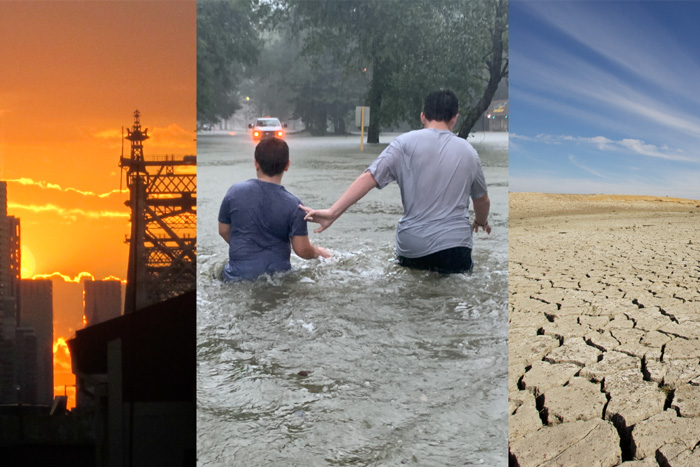Was the late November Great Lakes snowstorm a harbinger for December?
Drought improvement likely across the Southeast, Gulf Coast, and Texas amid ongoing El Niño.
Highlights from the 2022 update to NOAA's Arctic Report Card in maps and charts.
Earth had its fourth-warmest October on record.
It was the sixth-warmest year on record for planet Earth.
The month brought a warm West and a cold East. Amid widespread dryness, wetter-than-average conditions occurred in Colorado, the Ohio Valley, and the Mid-Atlantic.
A cool, wet January is slightly favored across much of the North, with a warm, dry month favored for the South. Elsewhere, there are even chances for any outcome.
Northern Hemisphere land areas were record warm, and La Niña left its imprint on global precipitation patterns.
Atmospheric rivers and a powerful Nor'easter brought significant precipitation to the U.S. in October. East of the Rockies, most of the country was warmer than average.

The findings of their review of more than 14,000 studies are clear: climate change is affecting nearly every part of the planet, and there is no doubt that human activities are the cause.